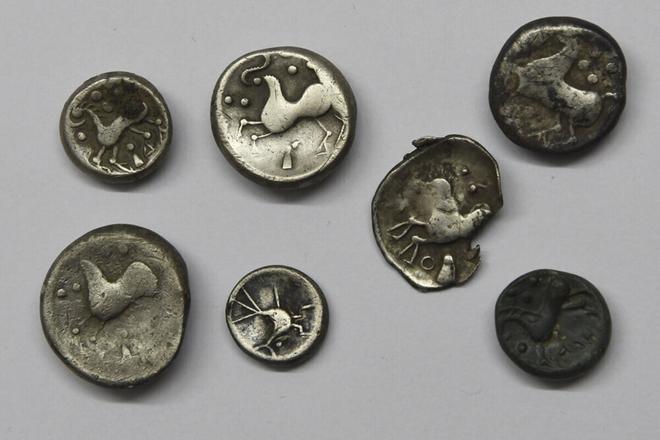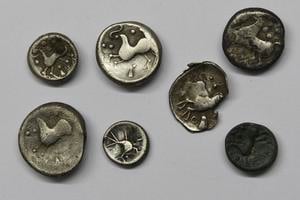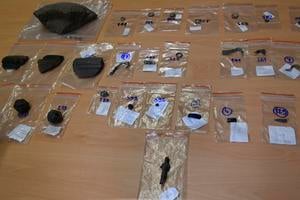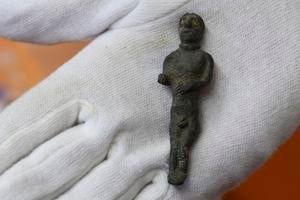La Tène and Roman Age ceramic fragments and metal objects have been unearthed in an archaeological dig.
The Spiš Museum, in cooperation with Constantine the Philosopher University Nitra, Kežmarok museum and the private company Archeológia Spiš, discovered the artefacts in the western part of the fortified settlement in Jánovce-Machalovce, outside the town of Poprad in eastern Slovakia, as reported by the TASR newswire.
Pea and wheat grains
Part of a settlement building in the north-western section of the fort was examined, and numerous fragments of ceramics and metal objects were found within it. They date back to the late La Tène Age, which is the first century BC, according to Spiš Museum archaeologist Mária Hudáková.
“Of these, a pair of Celtic coins, some iron clasps and a bronze bracelet deserve attention. The pair of glass beads discovered is also a valuable find,” she said.
Based on the research, information on food consumed by the inhabitants of the fortified settlement was also obtained. Archaeologists found samples of pea and wheat grains in flooded clay.
Demise of the fort
The north-western part of the ramparts of the fortified settlement was also examined. Research has shown the fortifications were largely formed by natural bedrock. In some places, it was modified and in the upper part supplemented with a clay embankment with a wooden structure.
“The structure was burnt in the investigated parts, which can also be attributed to the demise of the fort in the first century BC,” Hudáková argued.

The samples of burnt wood will now be subjected to radiocarbon dating, which may help experts specify the time classification.
“We assume the settlement, at least in the forecourt of the fort, continued to exist until the second half of the second century AD, as evidenced by the findings made during the past archaeological excavations,” the archaeologist added.
The investigations in this archaeological site started in mid-July of this year and were completed on August 6.



 Celtic coins found in Jánovce in the past. (source: TASR)
Celtic coins found in Jánovce in the past. (source: TASR)


